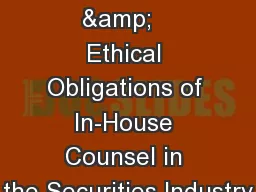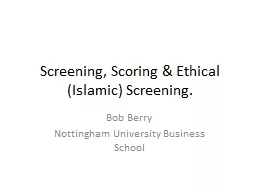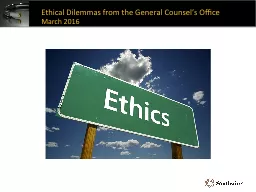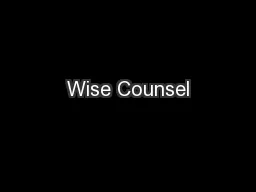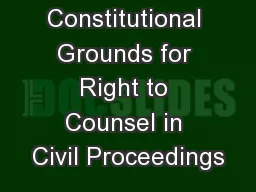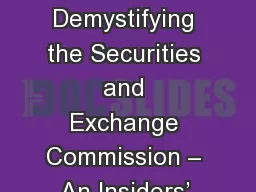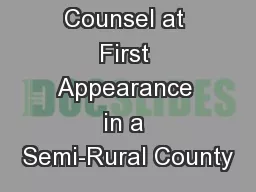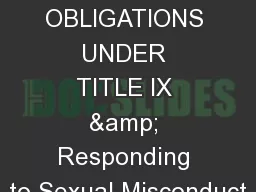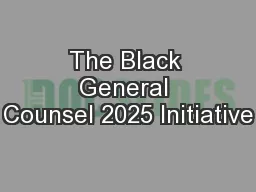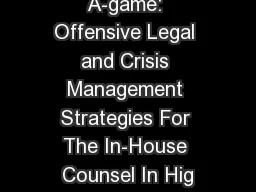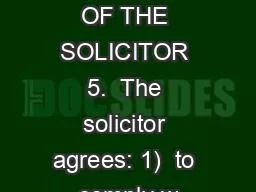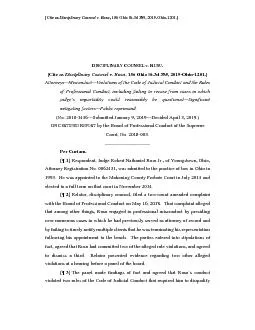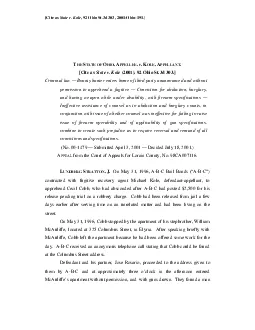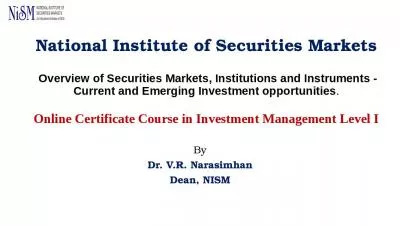PPT-Professional & Ethical Obligations of In-House Counsel in the Securities Industry
Author : lindy-dunigan | Published Date : 2018-10-29
Andrew Fleming Norton Rose Fulbright Canada LLP Marlo Kravetsky TD Bank Group Andrew Matheson McCarthy Tétrault LLP Sarah Shody Torys LLP 1 Overview Professional
Presentation Embed Code
Download Presentation
Download Presentation The PPT/PDF document "Professional & Ethical Obligation..." is the property of its rightful owner. Permission is granted to download and print the materials on this website for personal, non-commercial use only, and to display it on your personal computer provided you do not modify the materials and that you retain all copyright notices contained in the materials. By downloading content from our website, you accept the terms of this agreement.
Professional & Ethical Obligations of In-House Counsel in the Securities Industry: Transcript
Download Rules Of Document
"Professional & Ethical Obligations of In-House Counsel in the Securities Industry"The content belongs to its owner. You may download and print it for personal use, without modification, and keep all copyright notices. By downloading, you agree to these terms.
Related Documents

